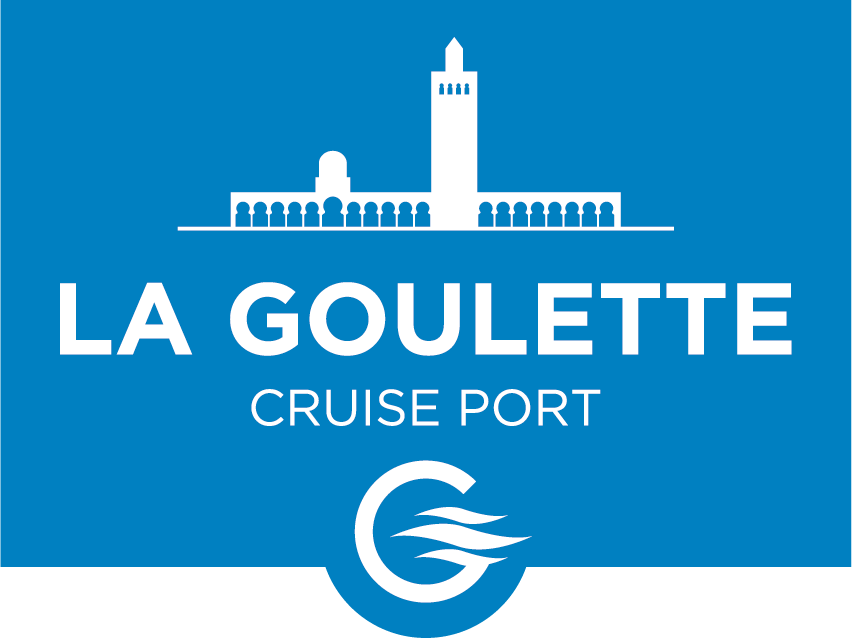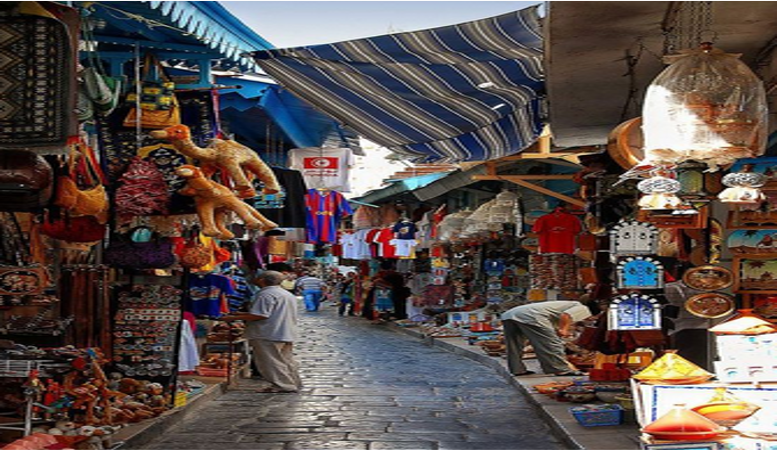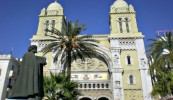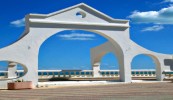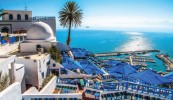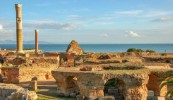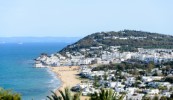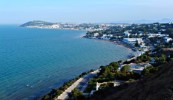The medina of Tunis is the historic heart of Tunis, considered as one of the best preserved Arab-Muslim cities, and has been listed as a Unesco World Heritage since 1979.
It was one of the largest and richest cities of the Islamic world. Some 700 monuments, including palaces, mosques, mausoleums, madrasas and fountains, testify to this remarkable past.
The medina of Tunis was presented in an oval form, surrounded by a continuous wall and dominated by a Kasbah, seat of the Government. It is built around the religious center of the Grand Mosque Ezzaitouna, opening onto a large platform for both market place, public meetings and place for military parades, near which you will find the arranged Souks ,merchants and artisans. Around these souks rise private houses with their narrow streets.
MUST VISIT:
Kasbah: Conceived as an independent city, strongly fortified and separated from the medina by a wall, the Kasbah is the oldest barracks in Tunis.
Streets: The layout of the city streets is far from being straight. It derives very often to the right and left to give birth to the narrow streets, blind alleys and dead ends in a large number. Browsing the Medina and its suburbs gives you the impression that no specific regulation intervened.
Souks: Most souks of Tunis were built from the XIII th century. Only "noble" souks causing no noise or bad smell are next to the Grand Mosque (Mosque Ezzaitouna) which constitutes the heart of the medina. Covered or uncovered, they offer an infinity of colors, flavors and scents.
Souk El-attarine (perfumers Souk),
Souk El -koumach (fabrics souk),
Souk Ech-chaouchiya (traditional wool caps),
Souk El Berka (the sale and purchase of jewellery),
Souk Es Sabbaghine (dyers market),
Souk in-nessa (women market),
Souk El-Leffa (Linen fabrics market) ...
The Mosques: The Great Mosque of Tunis is universally known as the Jamaa Ezzaitouna "Mosque of the Olive Tree". It is the largest and most venerable sanctuary of Tunis. The court is open to visitors every day except Friday. The tour costs few dinars and only its court is allowed to the non-Muslims .
The houses and palaces: Some houses in the medina, built during the past centuries, are now open to the public. In Arabic, we call them "Dyar." Once jealously guarded by their rich owner, these beautiful mansions now house associations and public institutions. Dar Hussein, Dar Lasram, Dar Romdhane Bey ...
The Tourba and Zawiya:The Turks had introduced the Hanafi tradition of building luxurious memorials, called türbes or Tourba. And Zaouïa is a building usually placed under the invocation of a holy person who in most of the cases is buried there.
